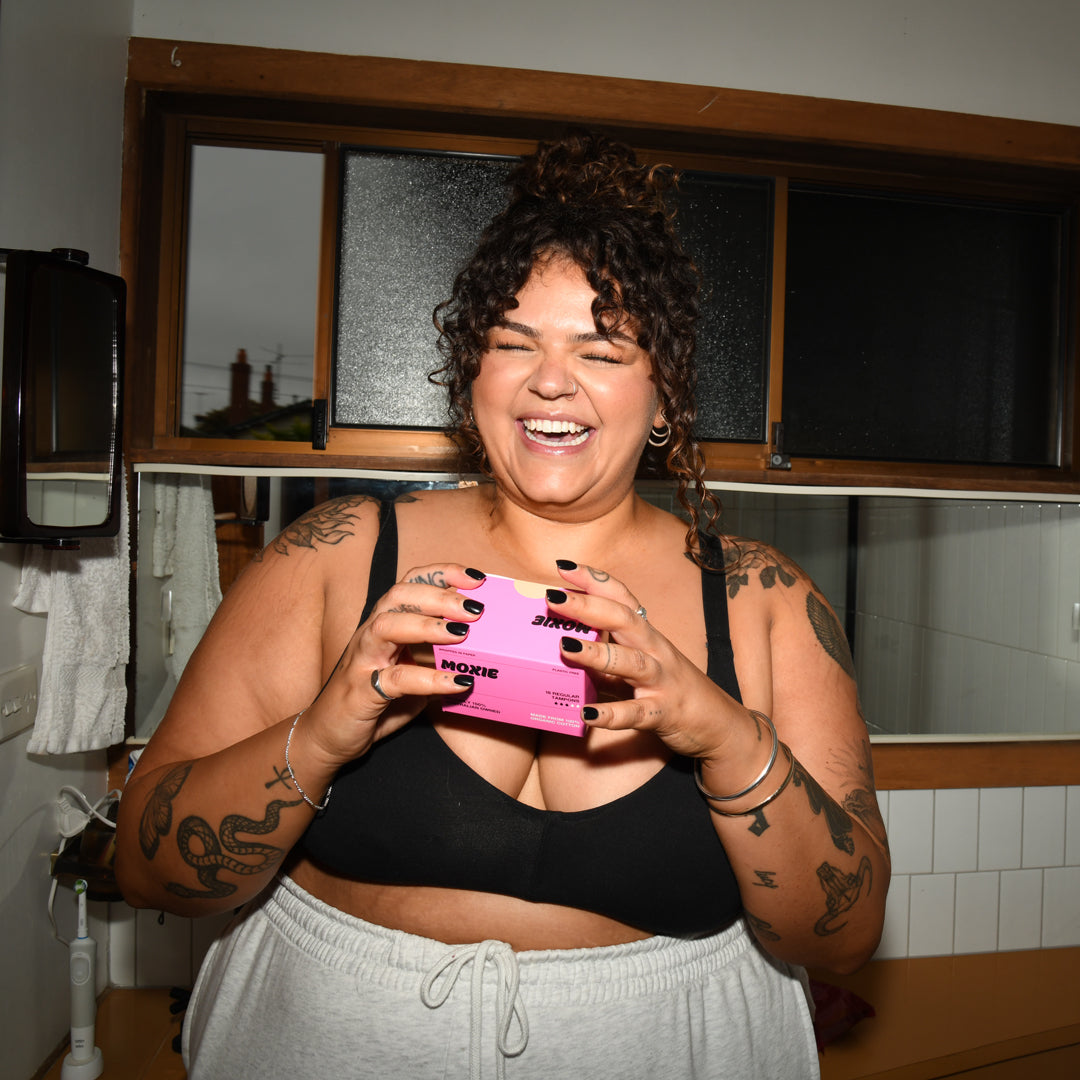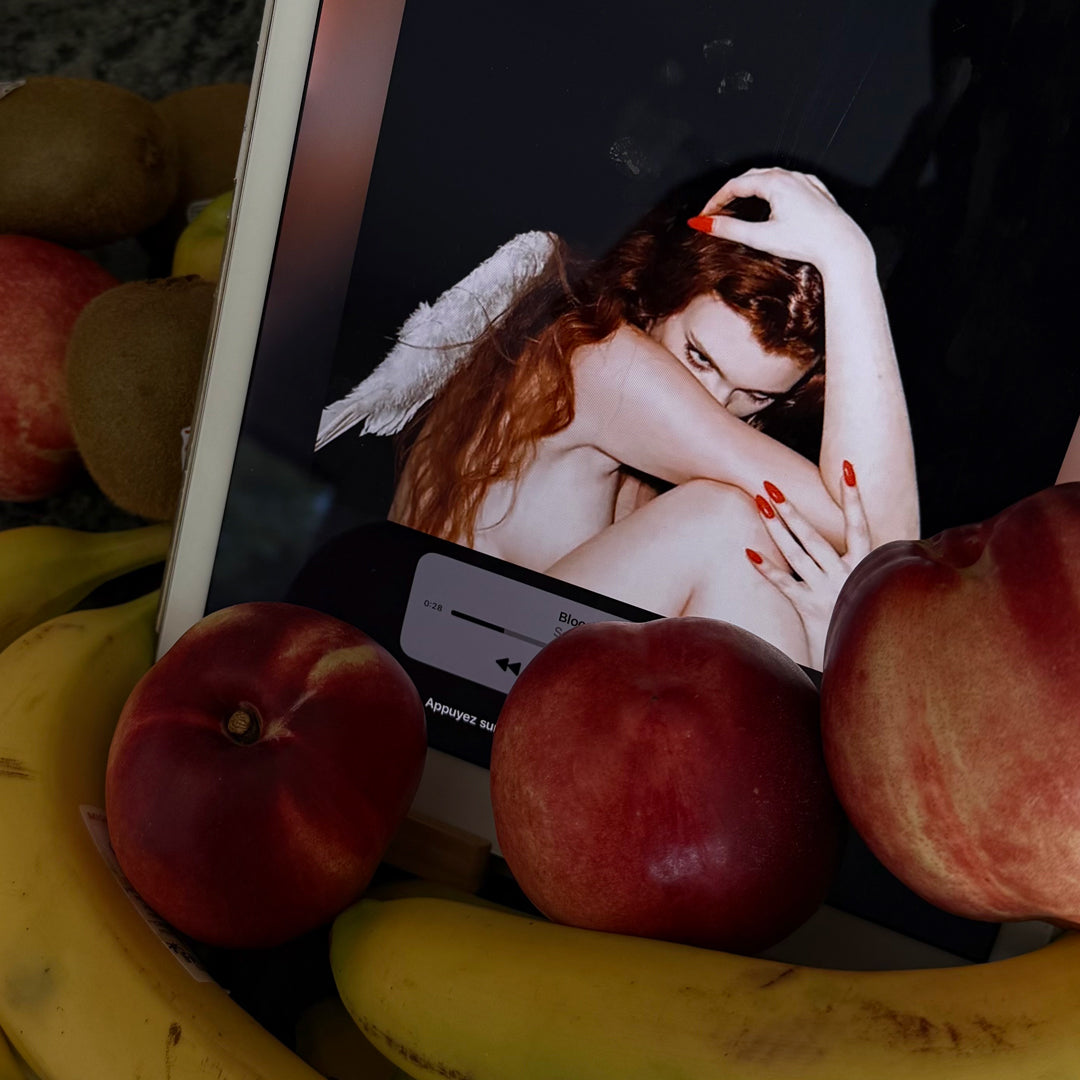Why do our periods sync up?

Words by Anna Charisiou.
WHAT IS PERIOD SYNCING?
Those who live together, bleed together. At least that’s been the long-held assumption amongst most people to describe the phenomenon that is period-syncing.
Period syncing refers to the ways womxn’s pheromones interact when they are in close proximity, causing them to have their period at the same time. But is there any concrete evidence to support it?
ENTER: THE McCLINTOCK EFFECT
Period syncing made its public debut in the 1971 edition of Nature, via researcher Martha McClintock.
Curious about our body’s menstrual patterns, McClintock studied the cycles of 135 women in an American college, finding the commencement of menstruation was similar among friends and roommates.
McClintock concluded that womxn’s periods were indeed, syncing up, due to the amount of time they were spending together, a term that was then referred to as “the McClintock effect”.
IS THERE A REASON BEHIND PERIOD SYNCING?
There’s a lot of debate as to why period syncing may occur, the most prevalent theory puts this shared shedding down to a kind of “evolved strategy” between womxn as a means of protection against a dominant male. In other words, if all womxn are fertile at the same time, no one man could reproduce with all of them. Period-syncing thus became a private means of female cooperation and protection, an idea that was incredibly appealing during the rising feminist wave at the time of McClintock’s publication.
The intersection of societal values and scientific hypotheses is an interesting point to consider - do our values increase the believability of an idea that would otherwise be just that - an idea? If we consider the popularity of other theories such as the hymen myth in accordance with our own cultural belief systems and discourse, is period syncing just another idea that’s been popularized due to societal convenience?
While other studies concluded similar findings to McClintock, not everyone was as convinced. Critics were quick to point out that McClintock’s study didn’t account for chance as an alternative explanation for why women’s cycles were in sync, while others noticed the definition of ‘syncing’ was quite loose.
AKA: there’s a million reasons and not a single definitive answer.
WHAT DOES THE RESEARCH SAY?
Plot twist: we’re just as divided.
Many studies have emerged debunking McClintock’s myth and concluding that women who ovulate at similar times do so through chance, not their proximity to one another.
A 2012 study by the University of California compared six years’ worth of menstrual cycle data in our close cousins, baboons. They proposed two models to funnel their research, one based on the “evolved strategy” McCkintock proposed in which women sync as a defense against dominant males, while the second model used chance as a means to explain emerging patterns. They found that the model assuming that patterns would appear by chance was the best model by far.
Similarly, a large study conducted by Oxford University and the period tracking app company Clue analysed the cycles of 1,500 people before concluding that it's unlikely that womxn can disrupt each other’s menstrual cycles by being in close proximity to one another.
But things get contested again in 2017 when a much smaller study by TrustedSource points to 44 percent of its participants that were living with other womxn and experienced period synchrony. Period symptoms like menstrual migraine were also more common in women living together, which is to suggest that womxn might influence each other’s periods in ways beyond the timing of their menstruation. In conclusion: Everyone is right but nobody is certain WTF is actually going on.
WHY CAN'T WE ALL JUST GET ALONG?
If periods were easy, we wouldn’t be here. But there are a few reasons behind why period syncing is so darn hard to prove.
One. Pheromones aren’t tangible.
Most Period syncing theories hinge on the idea of pheromones, but in reality, we don’t know for certain if they can be of influence. Pheromones are chemical signals we send to other humans around us, signifying everything from sexual arousal and attraction to fertility, but there’s no concrete evidence proving we one womxn can send another womxn a signal that menstruation should take place.
Two. Differentiating cycles.
While the average cycle is 28 days, lots of people don’t experience periods during this window - some cycle lengths may last up to 40 days while others have shorter cycles of bleeding. All of this makes it difficult to define what constitutes a synced cycle - the timeline and metric is subjective.
IN CONCLUSION????
Like us, science is confused, but chance seems to be the most probable explanation behind why some of us experience period syncing. Then again, there are some things even science can’t explain. We’ll let you draw your own conclusion.
* Main cover image of 'Let's Sync Periods' cake by @drunkbakers Instagram

About the writer
Anastasia is a writer and producer based in Naarm/Melbourne. The former Copywriter of Frank Body, Anastasia has gone on to write for a range of agencies and brands including Dame Products, The Company Your Keep, Harry Potter and the Cursed Child and The Red Tales Podcast. More recently, Anastasia has completed her masters in Producing at the Victorian College of the Arts (VCA) where she produced a range of ambitious shorts including The Soft Skinned and Go with Grace. She is looking forward to combining her love of language and image for the screen. In her spare time, she loves to go to the cinema, travel, and fight over RuPaul's Drag Race.



